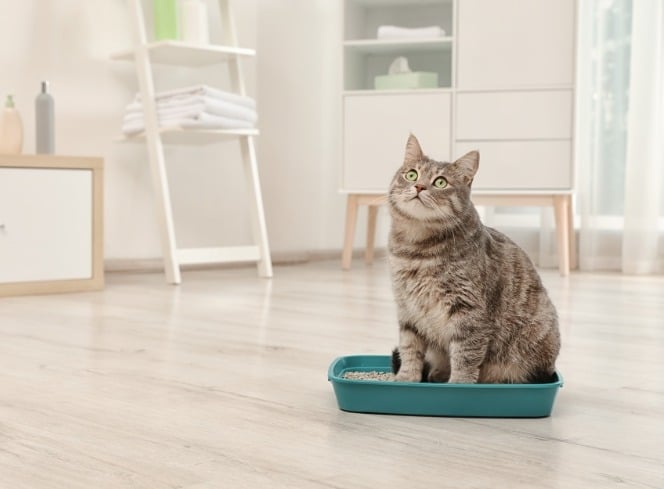Planning our cat’s diet is a big consideration for pet owners. Ensuring they get all the nutrients they require from their food to promote health and wellbeing is really important. It’s also nice to offer them treats every now and then to give variety to their diets as well as help with any training. Treats can be used to treat your cat for good behaviour, helping to instil good habits and teach them right from wrong.
In this article we take a look at what kind of treats cats can eat including some human food that is suitable for occasional treating.
What treats can cats have?
There are many different types of cat treat in a range of flavours and textures. At Lords & Labradors we stock a number of premium pet brands including Dreamies, Sheba and The Innocent Cat who all make delicious snacks for cats. You may wish to try a few different treats over time to see which your cat likes best. Some will love kibble shaped treats such as those by Dreamies and others will adore the smooth texture of our Sheba Creamy treats.
When it comes to quantity, it’s important to check the feeding guidelines on the packaging of individual treats. Follow the instructions and feed as part of a complete diet with treats making up no more than 10% of their daily food intake.
What human food can cats eat as treats?
Whilst it is best to feed your cat food that has been made especially for them, it is okay to treat them with certain human foods occasionally too. First of all, it’s important to note what isn’t safe for your cat to eat.
Human foods your cat should NOT eat include:
- Onions
- Chocolate
- Sweets
- Bread and yeast
- Garlic
- Raw eggs
Eating these foods can lead to all kinds of health problems from diarrhoea and vomiting through to much more severe problems such as heart failure. Keep your kitchen safe and make sure your cat or kitten can’t get to any of these food types.
Human foods that your cat CAN eat:
- Fish
- Banana
- Berries
- Carrots
- Ginger
- Coconut
- Spinach
We wouldn’t recommend making a habit of feeding human foods to your cat as you don’t want them to shun their proper cat food. Treating them to a little of these foods every now and then is fine though, as long as you consider their complete food intake and keep to the 10% treats rule.
Can cats have milk as a treat?
Many people don’t realise the risks of feeding dairy to cats with some even thinking that it is healthy for them. Pictures of cats drinking milk have been seen all over the media for many years, yet it isn’t actually good for them. Whilst cats may love the flavour of cow’s milk and other dairy products, most are actually lactose intolerant meaning they can’t digest dairy products properly. Feeding your cat milk can lead to tummy upsets including stomach pain and vomiting.
If you do want to give your cat milk, then make sure to choose one that has been developed especially for cats such as the Whiskas Cat Milk. This has much less lactose in it and has been designed by pet nutritionists to offer a natural source of calcium without the negative effects of cow’s milk. Remember to feed it as you would another treat alongside their complete diet. Make sure you still give your cat plenty of water too, as cat milk isn’t an alternative!
Can cats have cheese as a treat?
A lot of cats love the taste of cheese, probably due to the high fat content and protein in it. However, with cheese being a dairy product, it really isn’t healthy for them. Cats are not only lactose intolerant, but they are also complete carnivores and there is no nutritional value in cheese for your felines.
A tiny amount probably won’t harm them too much, but in reality, there are much better things we could be giving our cats as a treat. Even dairy-free cheese isn’t good for them due to the high fat content and salt.
We’d suggest feeding them one of the cat-safe treats that we mentioned above, such as some fresh fish, or some tasty treats that have been especially developed for cats. Whatever you choose to feed them make sure you consider their complete diet and that treats make up no more than 10% of their daily food intake.
































































































